How a Homeless Woman Rescued a Brazilian Murder Castle

The abandoned Castelinho da Rua Apa in Sao Paulo. (Photo: Eli Kazuyuki Hayasaka/flickr)
It was May 12th, 1937. Elza Lengfelder, the housekeeper of a rich family in São Paulo, was putting her sons to bed in the back room where they lived when she heard a loud noise from the main house.
Lengfelder ran to the street, found a watchman, and led him to the house, but it was already too late. Splayed on the floor in a pool of blood were the bodies of the recently widowed owner and her two sons. It was the beginning of a crime case that remains an enduring mystery in Brazil’s largest city nearly eight decades later.

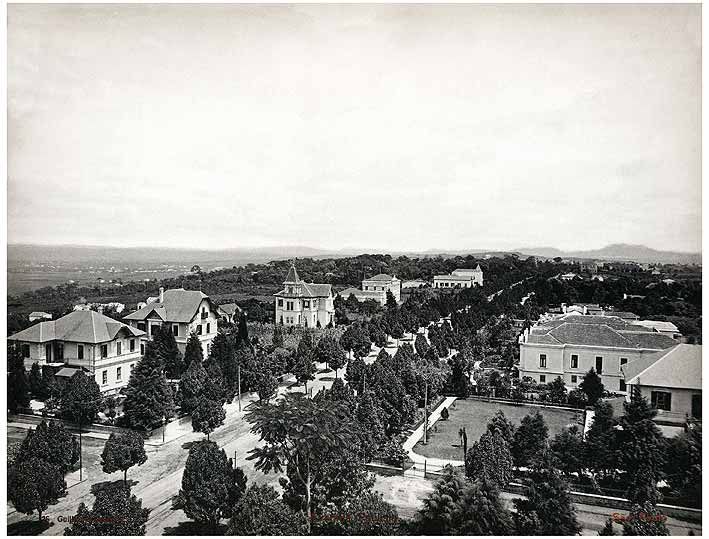
Sao Paulo in 1902. (Photo: Public Domain/WikiCommons)
To better understand the case, we must go back a few decades. In the 1910s São Paulo was already a big city with a steadily growing population. The rich coffee barons and other prominent families built their mansions in the neighborhoods surrounding Sé, the city’s first church. Dr. Virgílio Cézar dos Reis did the same; he chose Santa Efigênia, one of the most noble areas of the city, to be the address of his new home.
In 1912 he brought architects from France to build a mansion that resembled a medieval castle–it was a gift to his wife, Maria Cândida Guimarães dos Reis. Five years later the 7,500-square-foot house was finished, with marble stairs, carpets imported from India and luxury in every detail. It became known as the Castelinho da Rua Apa, or Little Castle of Apa Street.
Dr. Virgílio and his wife had two sons. Alvaro was a lawyer and professional ice skater. He was well known for being a playboy–very outgoing, laddish, and always surrounded by women. Armando, two years younger, was also a lawyer, but he had little else in common with his brother; he wasn’t very fond of socializing and had an introspective personality.

The Castelinho, designed to look like a medieval castle, in a state of considerable disrepair. (Photo: Natalia Naomi Aoi B./flickr)
In 1937 Dr. Virgilio died, leaving the family business, a movie theater called Cine Broadway, in his eldest’s hands. At the time, Alvaro had just gotten back from France and was passionate about the idea of transforming the cinema into an ice skating rink. Armando was pointedly against it. But there wouldn’t be time to solve this disagreement, because two months after the patriarch passed away, the whole family was murdered.
One year after the crime, investigators announced their theory: Alvaro and Armando had gotten into a discussion about the business, and the older brother had grabbed his gun. Their mother tried to separate her sons and was shot by accident. Scared, Alvaro shot Armando and killed himself.

The Church of Santa Ifigência, Sao Paulo. (Photo: Diego Torres Silvestre/flickr)
But the police’s version had too many gaps. First, two types of bullet were found inside the bodies. One was from Alvaro’s gun, the other was from a different gun model–and this second weapon was never found, implying in a fourth person may have been present at the murder scene. Plus, Maria had four shots in her body, implying that she was not shot accidentally. And even stranger: Alvaro, who supposedly committed suicide, had two bullets in his chest.
Despite the obvious weaknesses of their theory, the police considered the murder case solved. The Brazilian laws of that time didn’t count aunts or cousins as eligible for inheritance, so the Castelinho became government property, ushering in a period of no maintenance and no use.
The medieval-looking murder scene soon became the focus of urban legends. There were widespread accounts of screams coming from the house and open sinks every May 12, the anniversary of the murders. A Brazilian horror movie director suffered an accident while shooting there, and people readily blamed the spirits of Dos Reis family members.
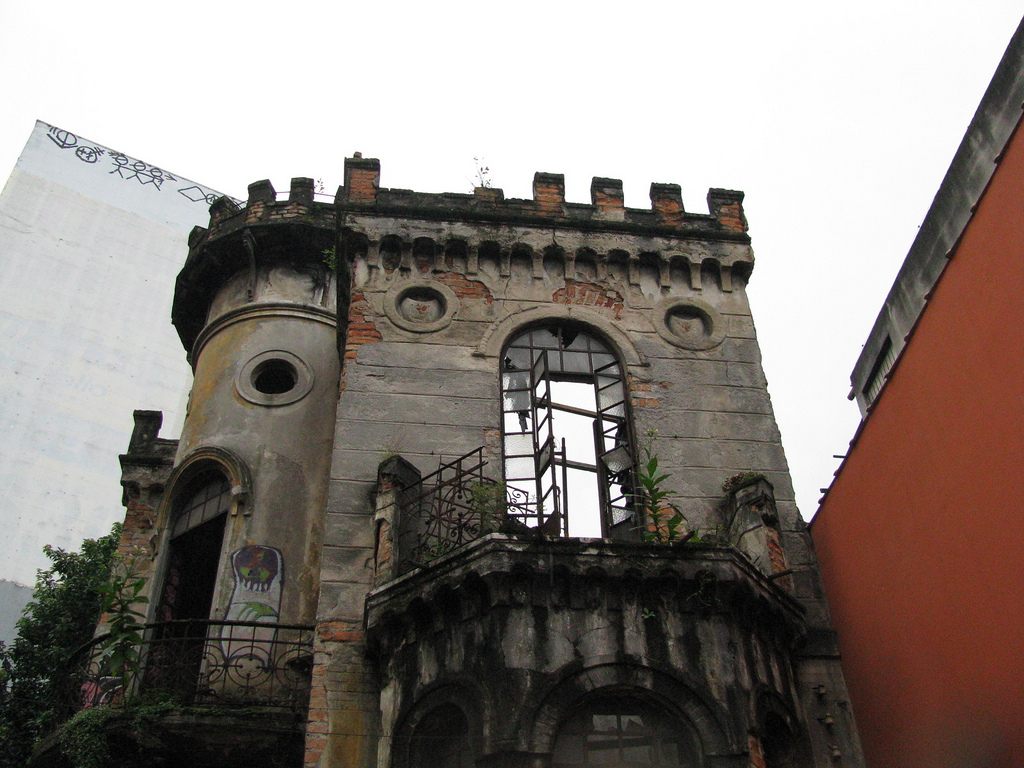
A restoration project for the Castelinho received preliminary approval in 2007, but the work has yet to begin. (Photo: Natalia Naomi Aoi B./flickr)
Though there’s no reason to believe the mansion was actually haunted, one can’t say it attracted good luck either. By the ‘80s, the Castelinho was a deteriorated building, known as a drug dealing and garbage disposal site. It wasn’t out of place: the neighborhood of Santa Efigênia, once so upscale, had become a collection of abandoned houses and cheap hotels where prostitution was the main activity.
Not very far from Apa Street was the Cracolândia (or Crackland)–a block where hundreds of addicts not only bought and used the drug, but also lived together in tents on the streets. Maria Eulina was one of São Paulo’s many homeless during that period, though she was not a drug addict. Every day she gazed at the big castle across the street–empty, dirty, unused.
Eventually, Eulina got back on her feet. In 1990, she filed a request to have the building declared a historic landmark. The city, uninterested, just filed the papers away. Eulina did not stop trying to save the distinctive building, though. In 1997, she received government permission to operate an organization called Clube das Mães (Mother’s Club) in the Castelinho’s back room.
After that, things began looking up for the mansion. In 2004 the Castelinho was finally declared a landmark, and in 2007 a restoration project received preliminary approval. This year the Castelinho finally received permission to start raising funds for the restoration, estimated at five million Brazilian reals (or about $1.5 million).

Sao Paulo skyline today. (Photo: Leandro Neumann Ciuffo/flickr)
The architects tasked with restoring the mansion are aiming for a historically accurate recreation of its interior–which, ironically, is only possible because of the pictures taken during the murder investigation.
Eulina’s Clube das Mães is still operating in the back room, teaching homeless and vulnerable people how to make purses and decorative objects out of trash, so they can sell it and generate income. The garbage that once filled the Castelinho is now used as raw material to make its surroundings a better place.
It’s yet to be determined when the Castelinho’s restoration will actually begin, but it looks like the castle is slowly transitioning from a horror story to a rags-to-riches tale.



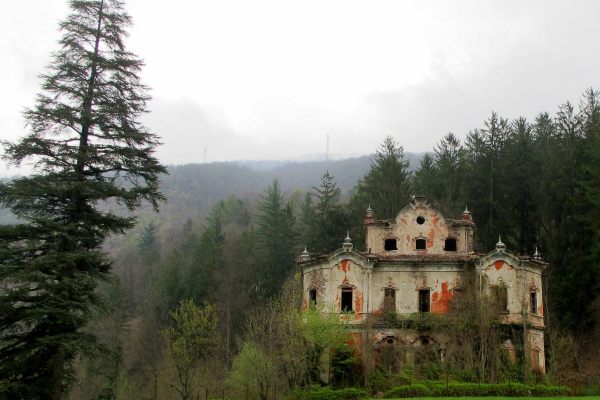

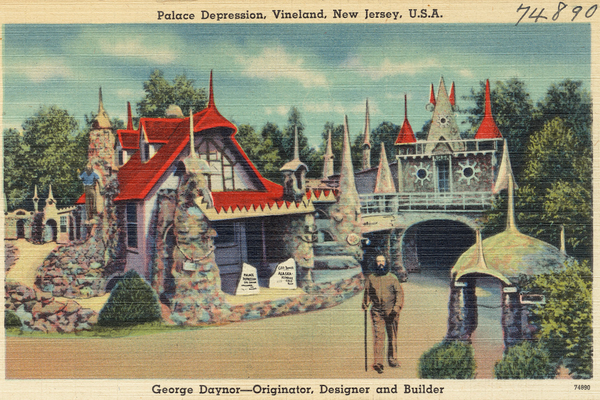
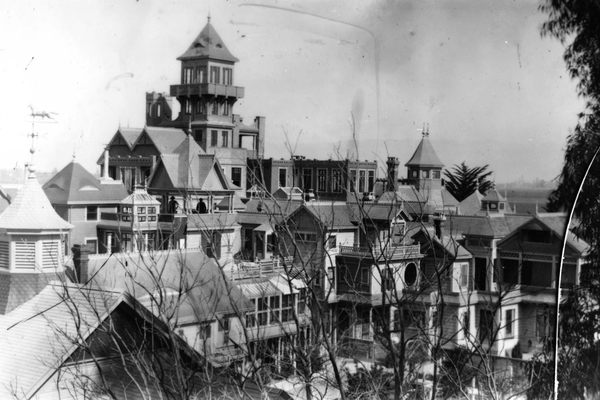








Follow us on Twitter to get the latest on the world's hidden wonders.
Like us on Facebook to get the latest on the world's hidden wonders.
Follow us on Twitter Like us on Facebook